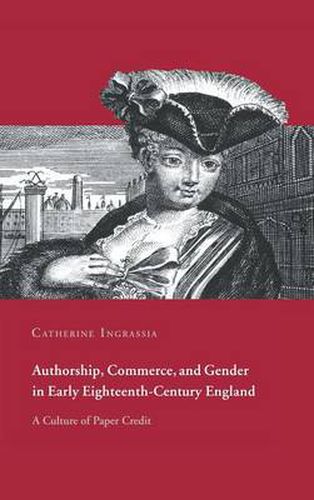Readings Newsletter
Become a Readings Member to make your shopping experience even easier.
Sign in or sign up for free!
You’re not far away from qualifying for FREE standard shipping within Australia
You’ve qualified for FREE standard shipping within Australia
The cart is loading…






Speculative investment and the popular novel can be seen as analogous in the early eighteenth century in offering new forms of ‘paper credit’; and in both, women - who invested enthusiastically in financial schemes, and were significant producers and consumers of novels - played an essential role. Examining women’s participation in the South Sea Bubble and the representations of investors and stockjobbers as ‘feminized’, Catherine Ingrassia discusses the connection between the cultural resistance to speculative finance and hostility to the similarly ‘feminized’ professional writers that Alexander Pope depicts in The Dunciad. Focusing on Eliza Haywood, and also on her male contemporaries Pope and Samuel Richardson, Ingrassia goes on to illustrate how new financial and fictional models offered important models for women’s social, sexual, and economic interaction.
$9.00 standard shipping within Australia
FREE standard shipping within Australia for orders over $100.00
Express & International shipping calculated at checkout
Speculative investment and the popular novel can be seen as analogous in the early eighteenth century in offering new forms of ‘paper credit’; and in both, women - who invested enthusiastically in financial schemes, and were significant producers and consumers of novels - played an essential role. Examining women’s participation in the South Sea Bubble and the representations of investors and stockjobbers as ‘feminized’, Catherine Ingrassia discusses the connection between the cultural resistance to speculative finance and hostility to the similarly ‘feminized’ professional writers that Alexander Pope depicts in The Dunciad. Focusing on Eliza Haywood, and also on her male contemporaries Pope and Samuel Richardson, Ingrassia goes on to illustrate how new financial and fictional models offered important models for women’s social, sexual, and economic interaction.